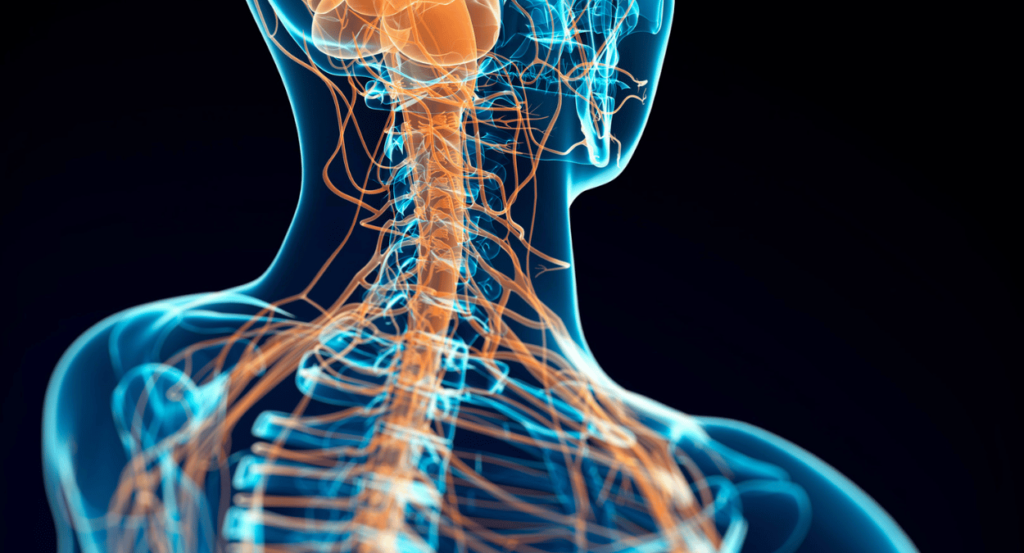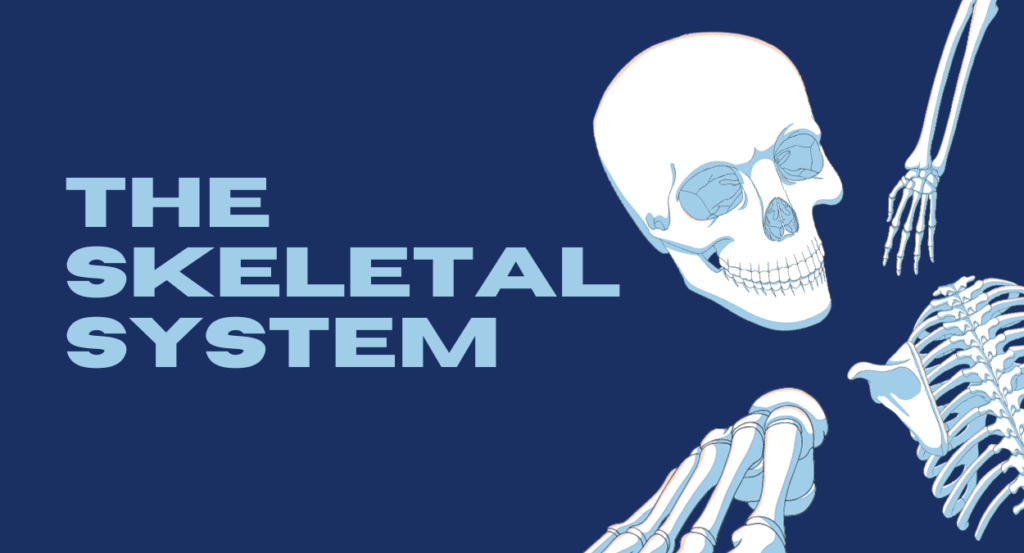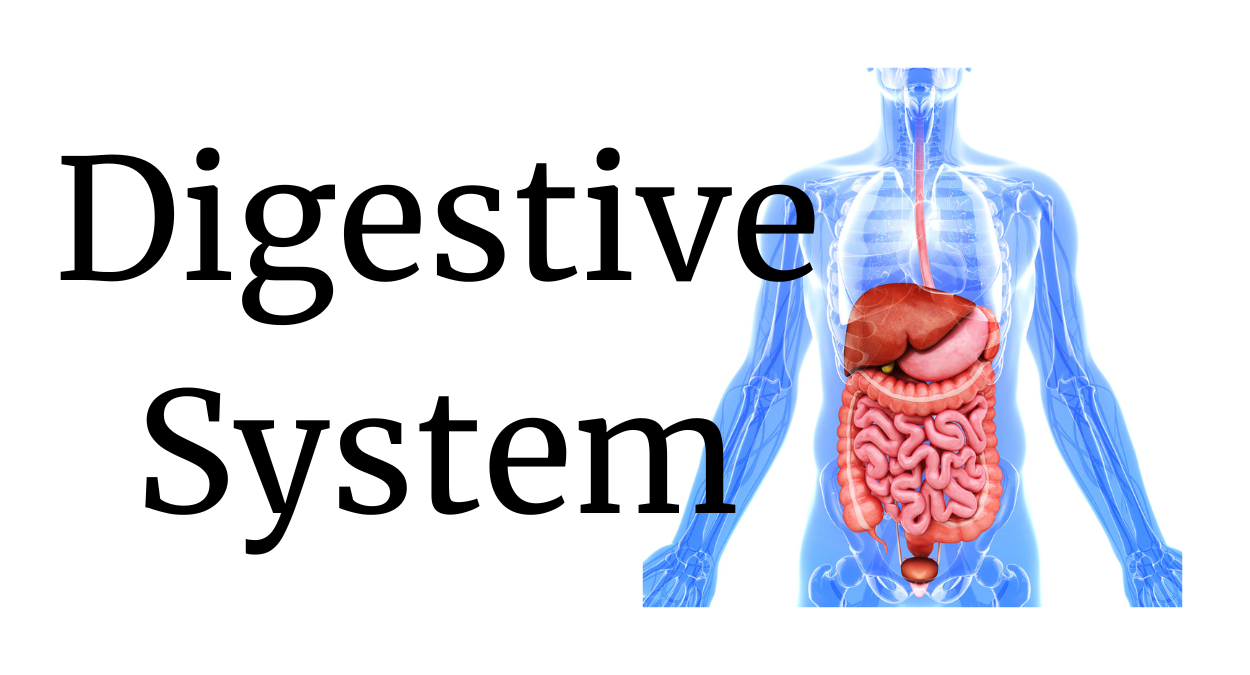The Marvel of Human Body Systems and Organs
Introduction: The human body is a remarkable and intricately designed biological entity, comprised of various systems and organs working together in a synchronized manner. This article provides a brief overview of these systems and organs, highlighting the importance of understanding their interconnected nature.

The Marvel of Human Body Systems and Organs
The human body consists of several complex systems, each dedicated to specific functions that collectively contribute to the overall wellbeing of an individual. From the skeletal system, providing structure, to the nervous system, facilitating communication, and the cardiovascular system, ensuring efficient transportation, every system plays a vital role.
Importance of Interconnection
The true marvel lies in the interconnection between these systems. They don’t operate in isolation but rather function as an integrated network, influencing and supporting each other. Understanding this interdependence is crucial for gaining insights into how the body maintains balance, adapts to changes, and responds to various stimuli.
Unveiling the Interconnected Web
As we delve into the intricacies of each system and organ, we will unravel the astonishing complexity that underscores the functioning of the human body. From the skeletal and muscular systems, forming the body’s physical framework, to the cardiovascular and respiratory systems, orchestrating the delivery of oxygen and nutrients, each component plays a unique role.
A Symphony of Systems
Imagine the body as a symphony where different instruments represent individual systems, and their harmonious collaboration produces the beautiful music of life. The skeletal system provides the structure, the muscular system brings motion, the cardiovascular system serves as the rhythmic heartbeat, and the nervous system conducts the intricate melodies of communication.
Navigating the Journey Ahead
Join us on this journey as we explore the marvels of the human body. From the smallest cellular processes to the grand orchestration of organ systems, we’ll discover the intricacies that make the human body a masterpiece of nature.
Stay tuned as we delve deeper into each system and organ, examining their unique functions, and uncovering the interconnected relationships that define the elegance and efficiency of the human body. Understanding these complexities not only enhances our appreciation for the marvel of life but also provides valuable insights into maintaining optimal health and wellbeing.
So, let’s embark on this adventure into the fascinating world within us, where systems and organs collaborate seamlessly, creating the symphony of life.

Skeletal System: The Framework
The skeletal system, often referred to as the body’s framework, is a complex structure comprised of bones, joints, and connective tissues. Its primary functions extend beyond mere support, playing crucial roles in providing structure, protection, and facilitating movement.
Description of the Skeletal System
The skeletal system is essentially the scaffolding that supports and shapes the human body. Comprising 206 bones in adults, it forms a robust and flexible framework. Bones are connected by joints, allowing for mobility, and the entire system is enveloped by connective tissues, such as tendons and ligaments, providing additional support.
Role in Providing Structure and Support
The foundational role of the skeletal system is to give the body its shape and structure. Without the support of bones, the body would lack the stability needed for various activities, from simple tasks to complex movements. The skeleton acts as a protective shield for vital organs, such as the brain and heart, shielding them from external impact.
Moreover, the skeletal system supports the body against the force of gravity, preventing it from collapsing. This structural support is vital for maintaining an upright posture, allowing humans to stand, walk, and engage in a wide range of physical activities.
Key Bones and Their Functions
Understanding the key bones and their functions provides insights into the diverse roles of the skeletal system.
1. Skull
Function: Protects the brain and houses sensory organs like the eyes and ears.
2. Vertebral Column (Spine)
Function: Supports the body’s weight, protects the spinal cord, and allows for flexibility and movement.
3. Rib Cage
Function: Protects the organs in the chest, such as the heart and lungs.
4. Pelvis
Function: Forms the base of the spine, supporting the upper body and providing a foundation for sitting and standing.
5. Upper Limbs (Arms)
Function: Facilitate a wide range of movements, from fine motor skills to powerful actions.
6. Lower Limbs (Legs)
Function: Support body weight, provide mobility, and enable activities like walking and running.
7. Clavicle and Scapula (Shoulder Girdle)
Function: Support the arms and facilitate a broad range of arm movements.
8. Humerus, Radius, and Ulna (Arm Bones)
Function: Form the structure of the arms and enable various arm movements.
9. Femur, Tibia, and Fibula (Leg Bones)
Function: Support body weight, provide stability, and enable leg movements.
Understanding the functions of these key bones showcases the versatility of the skeletal system. It not only provides a framework but also accommodates the intricate balance between stability and mobility, allowing for the diverse range of activities that humans engage in daily.
As we continue our exploration into the wonders of the human body, the skeletal system serves as the foundational chapter, laying the groundwork for comprehending the interconnected symphony of systems that sustain life.
10 FAQs about The Marvel of Human Body Systems and Organs: Skeletal System
1. Q: What is the Skeletal System, and what does it consist of?
A: The Skeletal System is the framework of the body, comprising bones, joints, and connective tissues. It provides structure, support, and protection for internal organs.
2. Q: How many bones are in the human body, and do they remain constant throughout life?
A: The human body has 206 bones at birth, which later fuse to around 206213 in adults. Bones continually remodel and adapt based on factors like growth and activity.
3. Q: What is the role of the skeletal system in maintaining posture and facilitating movement?
A: The Skeletal System plays a crucial role in maintaining posture by providing a stable framework for muscles to attach. Joints enable movement, allowing for activities like walking, running, and lifting.
4. Q: Can bones repair themselves, and what is the process of bone healing after injury?
A: Yes, bones can repair themselves through a process called remodeling. After injury, a series of steps occur, including inflammation, formation of a callus, and remodeling to restore strength.
5. Q: What are the major types of bones in the human body, and how do they differ in structure and function?
A: Bones are classified into long, short, flat, and irregular bones. Long bones, like the femur, provide support and leverage, while flat bones, like the skull, protect organs.
6. Q: How does the skeletal system contribute to the production of blood cells?
A: Bone marrow, found in the cavities of certain bones, produces red and white blood cells. This process, known as hematopoiesis, is vital for the body’s immune and oxygen carrying functions.
7. Q: Can the skeletal system be affected by conditions like osteoporosis, and what preventive measures can be taken?
A: Osteoporosis, characterised by weakened bones, can affect the skeletal system. Measures such as a calcium rich diet, weight bearing exercises, and vitamin D intake can help prevent it.
8. Q: What is the role of joints in the skeletal system, and how do they contribute to flexibility and movement?
A: Joints are points where bones meet. They enable movement and flexibility, classified into hinge, ball and socket, pivot, and gliding joints, each serving specific functions.
9. Q: How does the skeletal system interact with other body systems, such as the muscular and nervous systems?
A: The skeletal system collaborates with the muscular system for movement, while the nervous system provides signals for muscle contraction and joint coordination.
10. Q: Can lifestyle factors, like diet and physical activity, impact the health of the skeletal system?
A: Absolutely. A balanced diet rich in calcium and vitamin D, along with weight bearing exercises, promotes bone health. Sedentary lifestyles and poor nutrition can contribute to bone related issues.
These FAQs provide an overview of the marvels of the Skeletal System, covering its structure, functions, and interactions with other body systems. If you have more specific questions or need further details, feel free to let me know!






Pingback: Digestive System: Fuelling the Body - Nursing Scholar 101